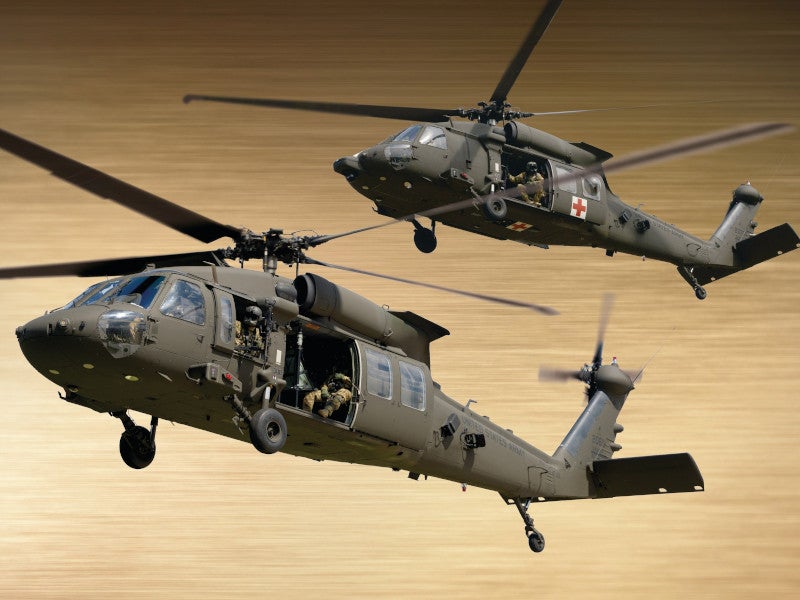The Influence of Lasting Practices on the Future of Aircraft Procedures and Emissions Decrease
As the air travel sector encounters boosting analysis over its environmental effect, the fostering of sustainable techniques becomes a critical pathway towards future airplane operations and emissions decrease. Technologies in sustainable air travel gas and developments in crossbreed propulsion technologies stand at the forefront of this makeover, appealing considerable decreases in greenhouse gas exhausts. The successful assimilation of these initiatives hinges on a variety of factors, including regulatory structures and industry collaboration. The question remains: exactly how will these advancing practices reshape the characteristics of flight and add to a more lasting future?

Summary of Lasting Practices
Lasting practices in airplane procedures include a variety of methods intended at lowering ecological effect while preserving functional performance. These practices are essential in the air travel market's commitment to minimizing its carbon footprint and sticking to international environmental requirements. Secret campaigns consist of enhancing trip courses to lower gas consumption, boosting upkeep protocols to ensure aircraft operate at peak effectiveness, and carrying out innovative innovations such as winglets and light-weight materials that improve the rules of aerodynamics.

Engaging and educating personnel on sustainability practices additionally play an essential role, cultivating a society of environmental duty within organizations. On the whole, the integration of these sustainable practices not only helps in reducing discharges however additionally improves the long-lasting stability of the aviation industry, ensuring it fulfills the needs of both clients and regulative bodies while adding to worldwide sustainability goals.
Ingenious Gas Alternatives
Various ingenious fuel options are arising as crucial options to minimize the aeronautics industry's dependence on conventional nonrenewable fuel sources. Amongst these options, Sustainable Aviation Gas (SAFs) have actually gotten considerable interest as a result of their possible to decrease lifecycle greenhouse gas discharges by as much as 80% contrasted to conventional jet fuels. SAFs are originated from various feedstocks, including waste oils, farming residues, and even algae, making them a versatile option for the sector.
An additional appealing option is hydrogen fuel, which, when made use of in fuel cells, produces just water vapor as a result. In addition, electrical propulsion systems are being discovered, leveraging battery modern technology to power airplane.
Finally, biofuels originated from biomass are being investigated, supplying a sustainable option that can be combined with traditional gas. Jointly, these ingenious gas options represent a crucial action toward achieving a lasting air travel environment, lining up with global exhausts reduction targets and boosting the industry's ecological stewardship.
Technological Developments in Aviation

Exactly how can technical developments improve the future of aviation? The combination of advanced innovations is critical in changing airplane operations, enhancing effectiveness, and lowering emissions. Technologies such as hybrid and electric propulsion systems are at the center, promising significant decreases in gas usage and greenhouse gas exhausts. These systems take advice advantage of improvements in battery modern technology and power management, enabling aircraft to operate with a lower environmental footprint.
Moreover, the application of sophisticated materials, such as light-weight compounds, contributes to boosted the rules of aerodynamics and fuel effectiveness. Making use of synthetic intelligence and equipment learning in trip procedures enhances path planning and decreases fuel melt by enabling real-time modifications based upon climate and traffic conditions. In addition, the growth of autonomous and from another location piloted aircraft systems stands to revolutionize freight and passenger transport, potentially boosting performance while lessening human error.
Moreover, lasting aviation modern technologies, including innovative air website traffic management systems, can lower and streamline operations blockage, leading to lower emissions throughout trip. These developments collectively stand for a standard shift in aviation, promising a future where sustainability and operational effectiveness are intertwined, thus sustaining the market's dedication to lowering its ecological influence.

Regulatory Framework and Compliance
Taking into account the growing focus on ecological stewardship within the air travel field, the governing framework governing airplane procedures is advancing to promote sustainable methods. Regulatory bodies, such as the see here International Civil Aeronautics Organization (ICAO) and numerous nationwide aviation authorities, are presenting stringent standards intended at minimizing emissions and boosting operational performance.
These guidelines frequently consist of the fostering of Sustainable Aviation Fuel (SAF), which has been recognized as a crucial component in accomplishing reduced carbon footprints. Conformity with these laws requires airlines to implement operational methods and advanced innovations, such as enhanced trip courses and improved air website traffic monitoring, to minimize fuel usage.
In addition, the enforcement of exhausts trading schemes and carbon balancing out efforts is coming to be increasingly common, compelling airlines to keep track of and report their emissions precisely. Non-compliance can cause significant fines, thus pressing operators to prioritize sustainability in their service designs.
Inevitably, the developing regulative landscape not just drives advancement and financial investment in here eco-friendly innovations however additionally cultivates a society of liability within the aeronautics sector. As these structures continue to establish, the concentrate on sustainable practices will certainly be indispensable to attaining the market's long-lasting environmental goals.
Future Trends in Airplane Procedures
As the aviation industry adapts to a progressively rigorous regulatory environment, future trends in aircraft operations are set to concentrate on cutting-edge options that additionally improve sustainability and performance - uh 60. Trick advancements will likely include the fostering of advanced air traffic management systems, which use real-time information and expert system to optimize trip courses, minimizing fuel intake and exhausts
One more substantial pattern is the raised assimilation of sustainable aeronautics fuels (SAFs) These alternatives to conventional jet gas, stemmed from renewable resources, can considerably decrease lifecycle greenhouse gas discharges. The sector's dedication to SAFs will likely accelerate as airline companies work together with fuel manufacturers to guarantee availability and cost-effectiveness.
In addition, the press in the direction of electrification and crossbreed propulsion systems is getting momentum. Emerging aircraft layouts will incorporate these innovations, providing quieter and much more effective procedures, especially for short-haul flights.
Final Thought
In conclusion, the combination of sustainable practices in aircraft procedures holds significant possibility for emissions reduction and boosted effectiveness. The fostering of sustainable air travel gas, coupled with developments in hybrid and electrical propulsion systems, is essential for lessening lifecycle greenhouse gas emissions. Additionally, enhancing trip paths and embracing innovative innovations add to a quieter and much more ecologically pleasant aeronautics industry. Collectively, these efforts line up with worldwide sustainability objectives and lead the way for a greener future in aviation.
Innovations in lasting aeronautics fuels and innovations in hybrid propulsion technologies stand at the leading edge of this transformation, promising substantial decreases in greenhouse gas discharges.Numerous cutting-edge gas options are emerging as crucial options to decrease the aviation sector's reliance on conventional fossil fuels - uh 60. Amongst these options, Lasting Air travel Fuels (SAFs) have actually gained significant focus due to their prospective to reduce lifecycle greenhouse gas exhausts by up to 80% compared to standard jet fuels.Another substantial trend is the enhanced integration of lasting aviation gas (SAFs) The adoption of sustainable aviation gas, coupled with innovations in electric and hybrid propulsion systems, is important for minimizing lifecycle greenhouse gas exhausts